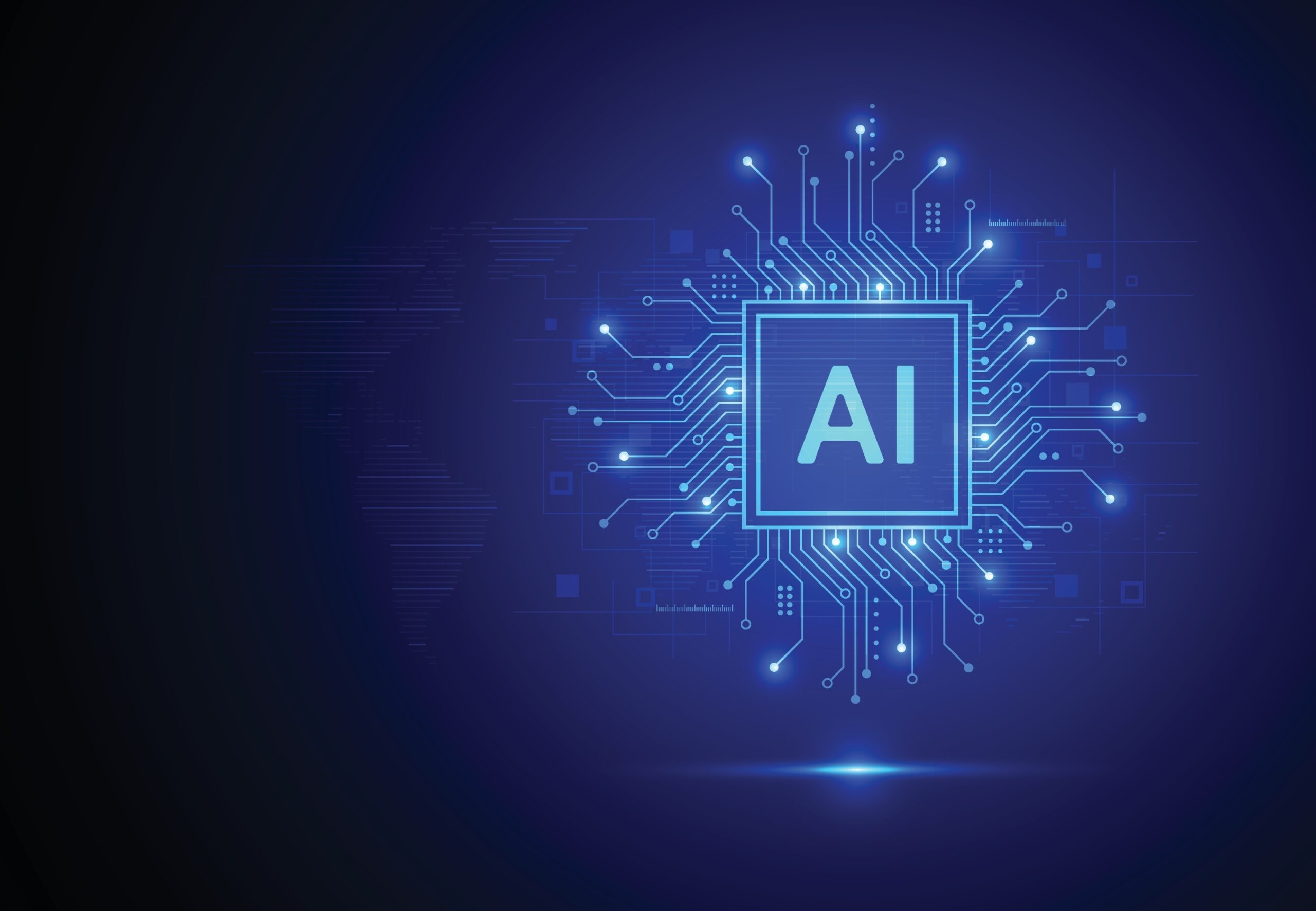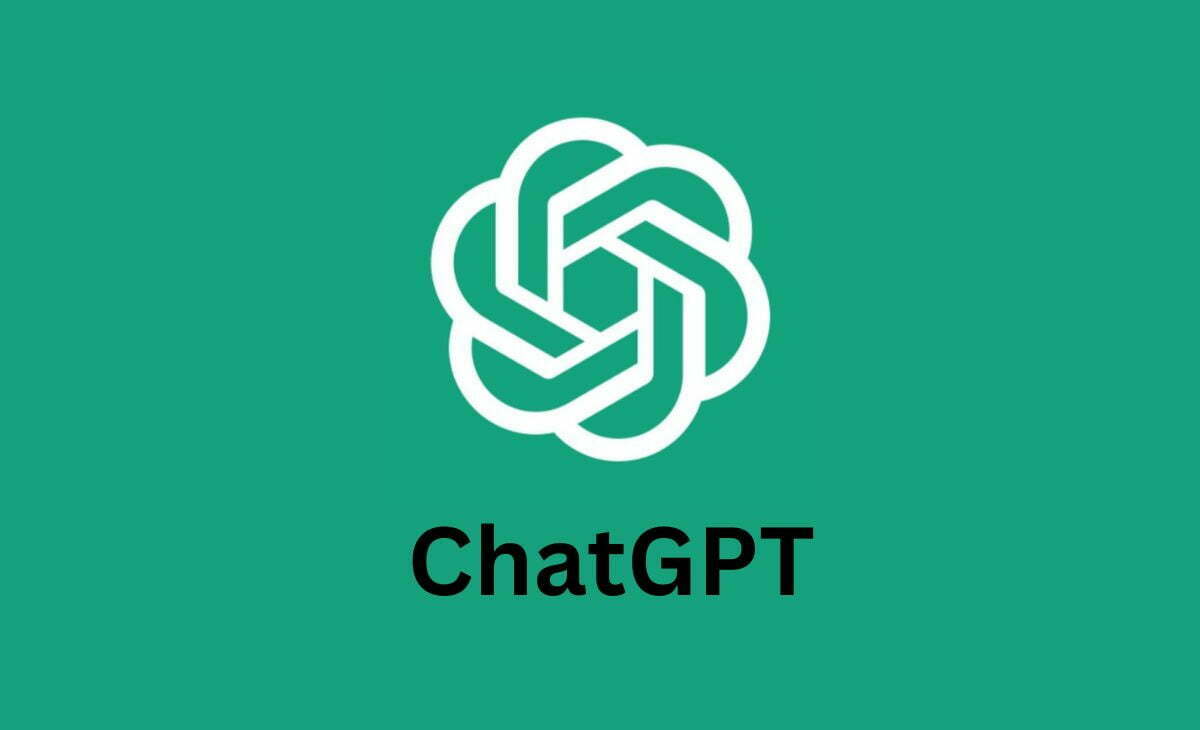Google DeepMind’s New AI Reasoning Model Outperforms Humans in Complex Problem-Solving
What Changed Google DeepMind unveiled a new reasoning architecture that narrows the gap between chain‑of‑thought planning and reliable execution. The model better decomposes multistep problems, tests intermediate hypotheses against known constraints, and uses tool‑augmented checks to prevent cascading errors. Early benchmarks suggest state‑of‑the‑art results on complex math, code reasoning, and…















